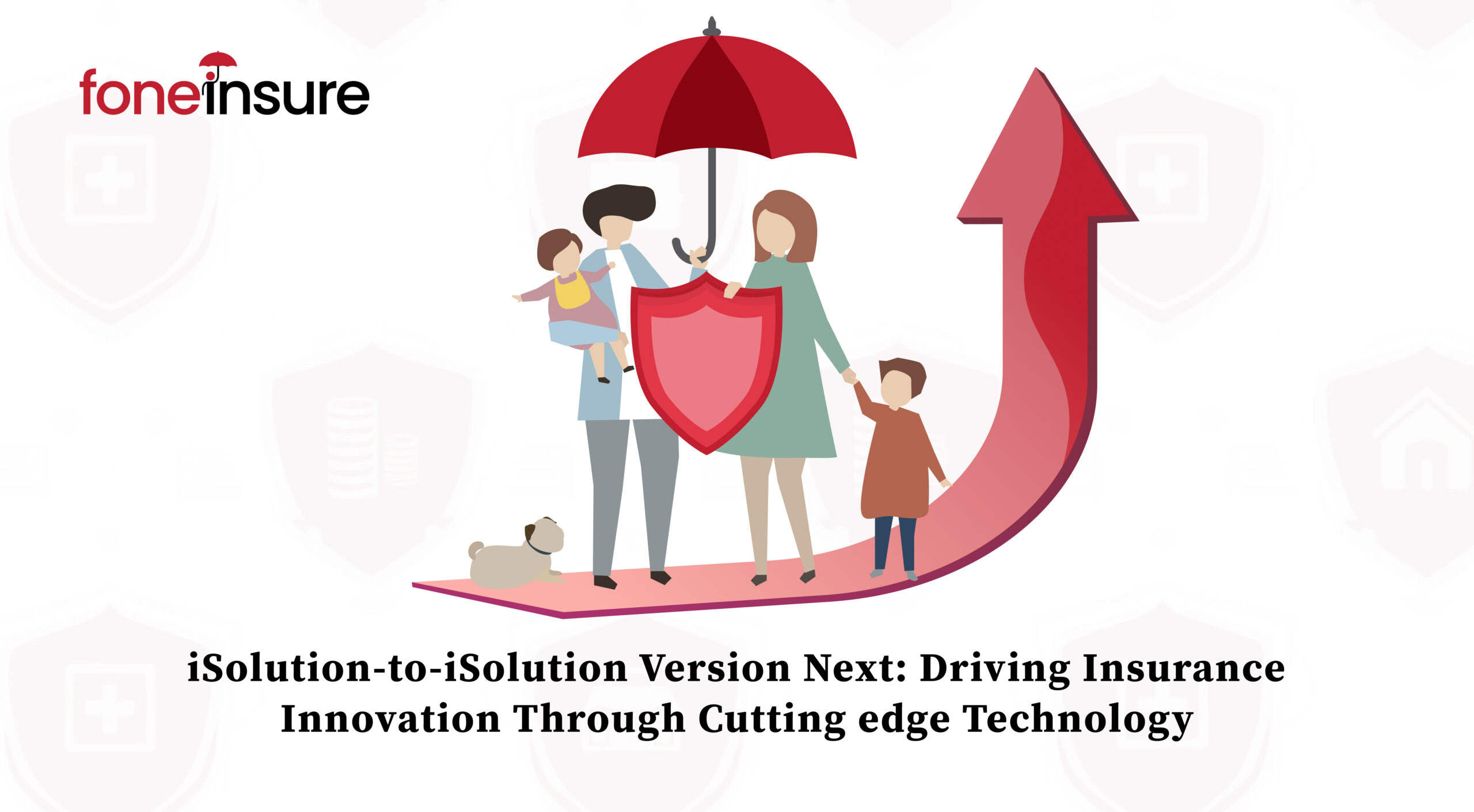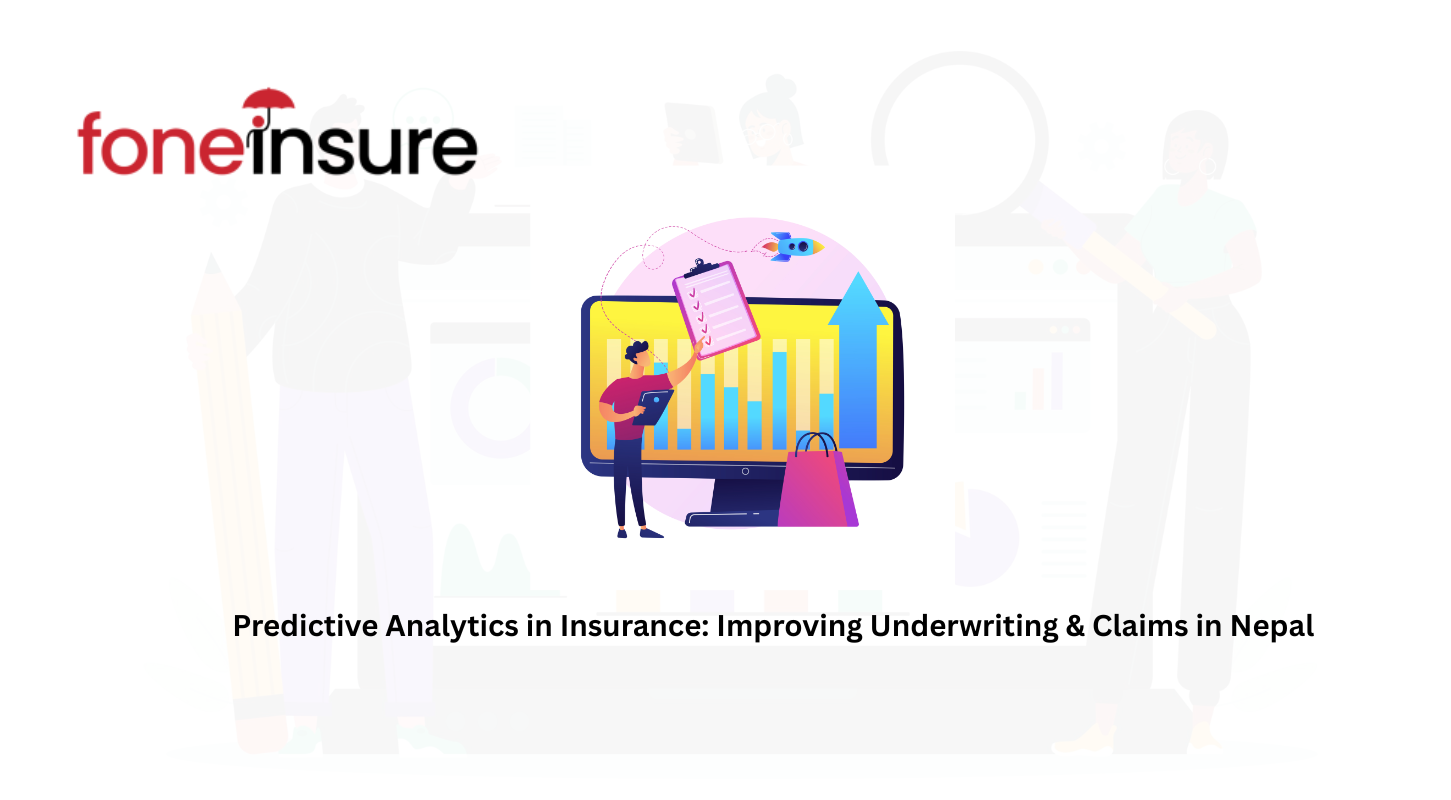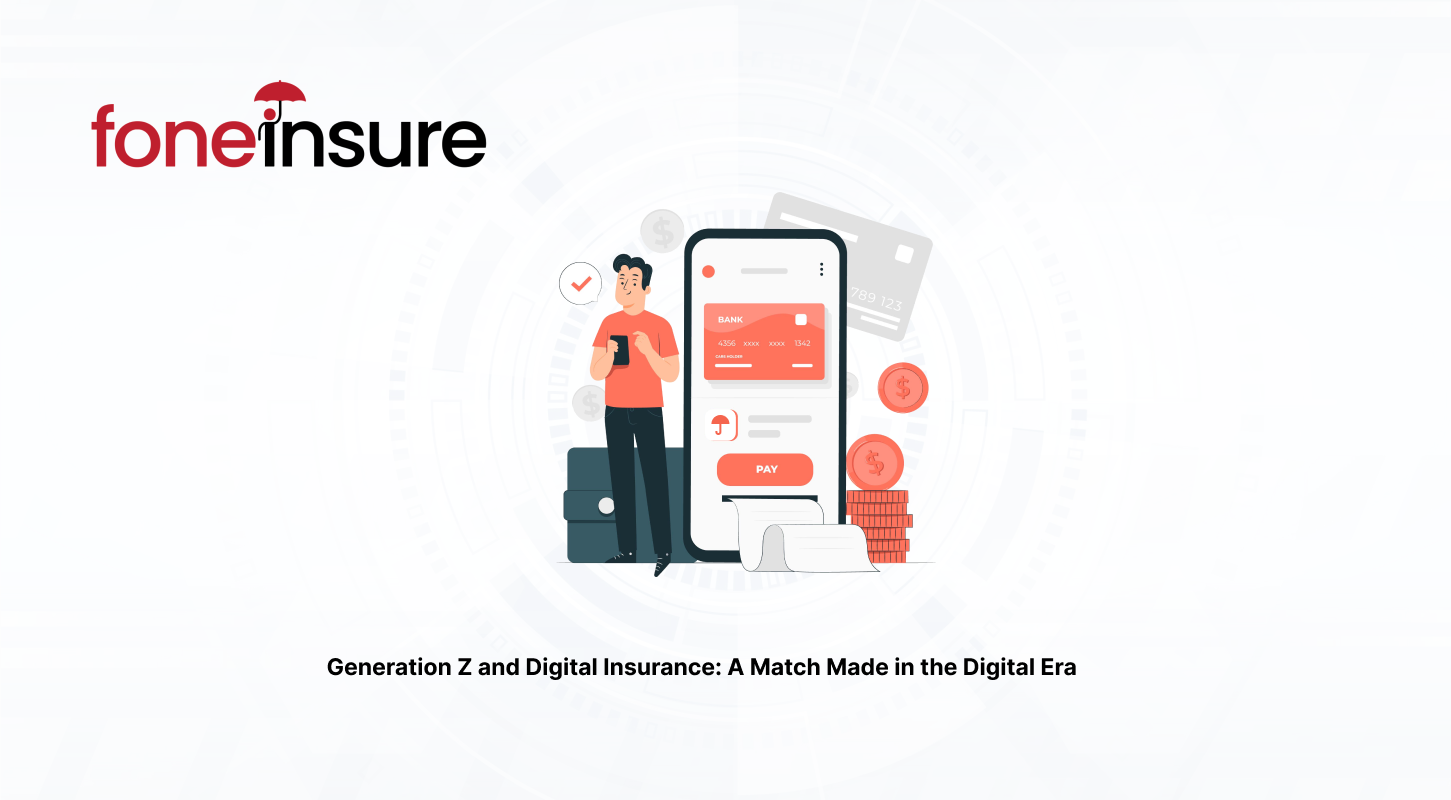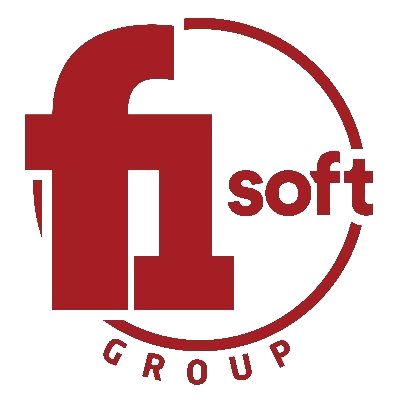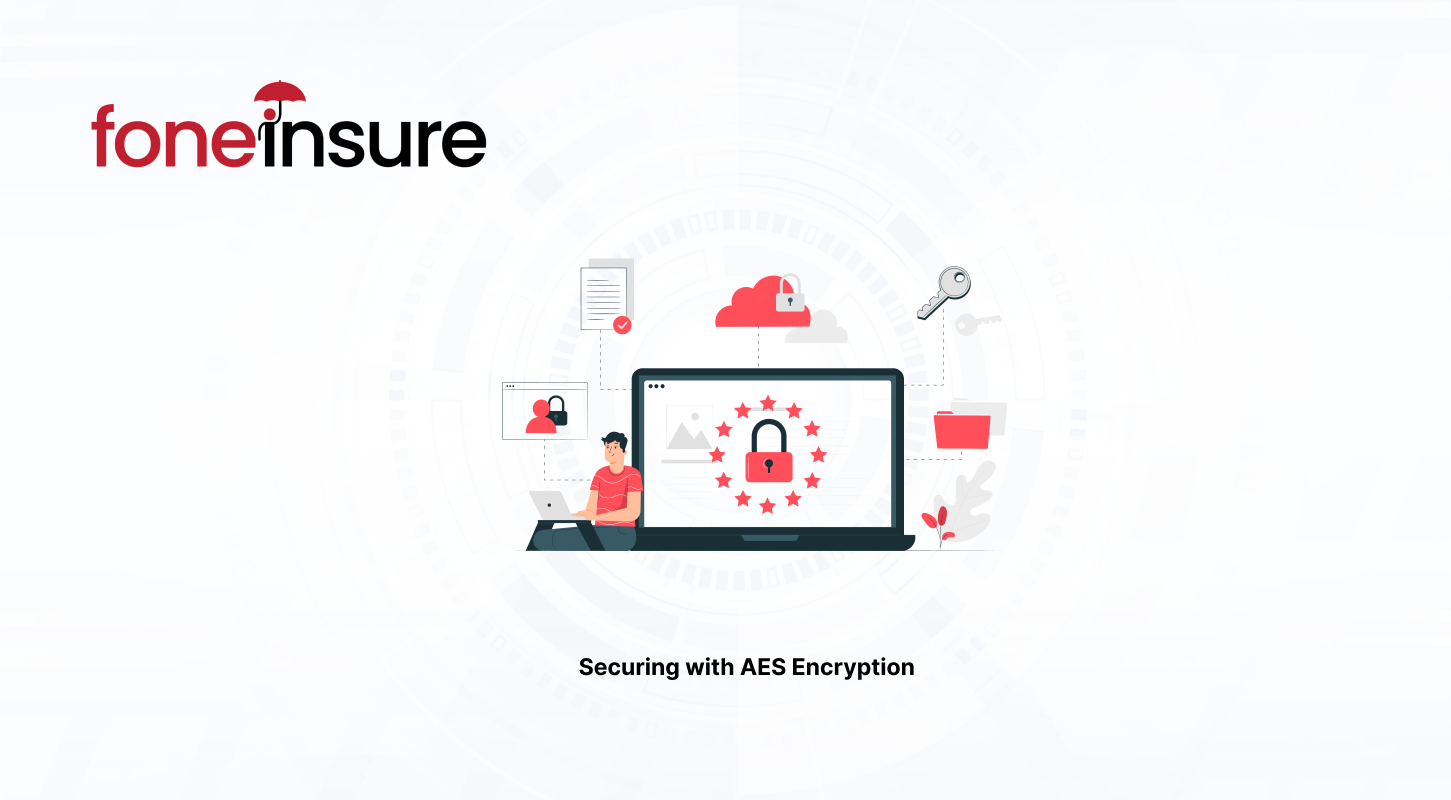
In the highly dynamic and data-sensitive Insurtech sector, safeguarding customer data, insurance policies, and claims is paramount. Advanced Encryption Standard (AES) is a widely accepted cryptographic method for securing sensitive information.
Why AES Encryption?
AES is a symmetric-key encryption algorithm, renowned for its optimal balance of security, computational performance, and ease of deployment. Its global adoption by both government agencies and industries underscores its ability to produce a desired or intended result, making it a prime candidate for securing Insurtech systems where data confidentiality and integrity are critical.
Key Features of AES:
- Symmetric-Key Encryption: The same cryptographic key is employed for both encryption and decryption operations.
- Robust Security: AES offers support for key lengths of 128, 192, and 256 bits, providing a strong defense against brute-force attacks.
- Efficiency: The algorithm’s high throughput and minimal latency make it well-suited for encrypting large datasets.
Importance of the Key and IV in AES Encryption:
- Key: The cryptographic key is the central component required for both encryption and decryption. The security of the ciphertext is highly dependent on the secrecy, complexity, and strength of this key. A 256-bit key offers a robust level of security, making brute-force attacks computationally infeasible.
Initialization Vector (IV): The IV provides additional cryptographic security by ensuring that identical plaintexts produce unique ciphertexts when encrypted using the same key. This variability mitigates the risk of attackers identifying patterns in the encrypted data. In block cipher modes like Cipher Block Chaining (CBC), the IV is XORed with the plaintext before encryption, introducing randomness. Although the IV must be random and unique for every encryption operation, it does not need to be kept secret.
C# version of the code:


By: Arvind Sah
Senior Engineer
